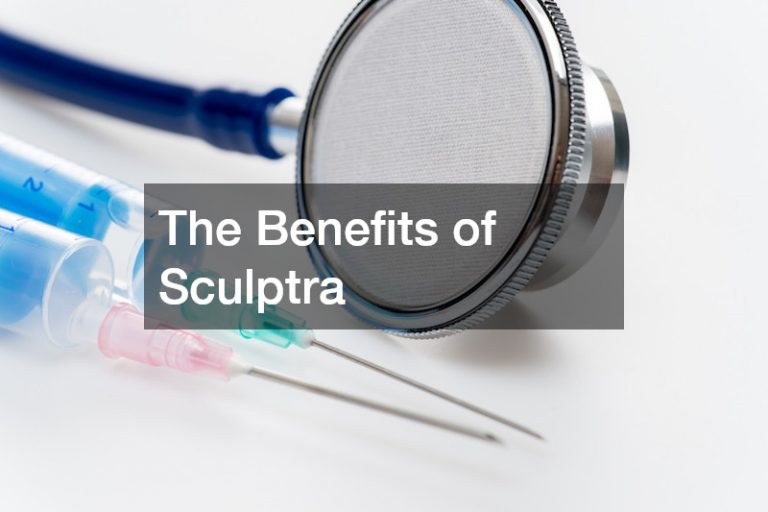- Good oral health is vital for overall well-being and self-confidence
- Dentists are utilizing technologies like intraoral cameras, lasers, and more to accurately diagnose and treat patients.
- Today’s popular dental materials include zirconia crowns, porcelain veneers, titanium implants, and amalgam fillings.
- Preventive care measures are also key to maintaining good oral health by reducing the risk of cavities and gum disease.
The field of dentistry has seen a lot of advances in recent years, from new technologies and techniques to new materials and procedures. Here’s a look at a few ways dentists are staying ahead of the curve when it comes to dental care.
Importance of Oral Care
Good oral health is essential for overall well-being. Therefore, it’s important to keep up with advancements in dentistry procedures to ensure your teeth and gums stay healthy.
Poor dental hygiene can lead to various problems, including cavities, gum disease, and tooth decay. Also, conditions like diabetes, heart disease, and stroke have been linked to poor oral health.
Aside from these, your self-confidence can also be significantly impacted by the condition of your teeth. That’s why staying current on the latest advances in dental care is so important.

Dental Technology
The use of technology in dentistry is growing rapidly as new tools are developed to aid diagnosis, treatment planning, and patient education. Here are some examples of technological advances:
Intraoral Camera:
Intraoral cameras are small, handheld cameras that allow dentists to take photographs of the inside of a patient’s mouth. By providing a clear and detailed image, dentists can diagnose issues more accurately and get a better look at problem areas. They also give patients an easier understanding of what’s happening inside their mouths.
CAD and CAM Technology:
CAD stands for Computer-Aided Design, and CAM stands for Computer-Aided Manufacturing. This technology creates custom dental prosthetics such as crowns, bridges, and dentures. It’s faster than the traditional method and can produce more accurate results.
Laser Dentistry:
Lasers are used in some dental procedures, making them less invasive and more precise than traditional methods. Laser dentistry can treat cavities, remove tooth decay and gum tissue, whiten teeth, and much more.
Digital Radiography:
Radiography is imaging that allows dentists to see inside the body using radiation. Unlike an intraoral camera, these images are more detailed, allowing them to diagnose more complicated issues. Digital radiography has become increasingly popular, as it’s less expensive and produces better-quality images.
Three-dimensional Printing:
Three-dimensional printing is a technology that enables dentists to create three-dimensional models of teeth, jaws, and other parts of the mouth. These models can be used for diagnoses and practice procedures before they are carried out on patients.
Dental Materials
Dentists have access to various materials used in multiple dental procedures. These materials are designed to provide strength, durability, and aesthetics while allowing for the best patient outcome. Common dental materials include:
Zirconia Crown:
Zirconia crowns are one of the most popular materials used in dentistry today. Zirconia is a type of ceramic material that has been used in dentistry for many years. Still, its popularity has increased due to its strength and ability to mimic natural tooth enamel more closely than other materials. Additionally, these can be custom-made to fit each patient’s needs, making them an excellent choice for restoring both function and aesthetics in dental care.
Porcelain Veneers:
Porcelain veneers are a popular choice for dental restorations due to their strength and ability to mimic the appearance of natural teeth. They are thin shells covering the teeth’ front surface, providing an improved aesthetic look and protecting them from further damage.
Furthermore, porcelain veneers can fix chipped or cracked teeth, close gaps between teeth, correct misalignment issues, and more. With proper care and maintenance, porcelain veneers can last many years before needing replacement.
Titanium Implant:
Suppose you need a dental bridge to replace a missing tooth. In that case, you may be interested in getting a titanium implant as a replacement tooth. This artificial root is made of titanium metal and surgically placed into the jawbone.
Moreover, titanium implants are considered the strongest, most durable type of dental implant available. They provide excellent stability and can last many years with proper care.
Amalgam Fillings:
Amalgam fillings are popular for dental restorations due to their strength and long-lasting nature. They are composed of metals, including silver, copper, zinc, and tin. Amalgam fillings are also often referred to as silver fillings due to the silver content in the mixture.

Preventive Care
Preventive care is an integral part of maintaining good oral health. It includes regular checkups, cleanings, and other treatments to prevent disease or damage from occurring in the first place.
Try brushing and flossing daily, using mouthwash regularly, avoiding smoking, and eating a balanced diet with plenty of fruits and vegetables. These can reduce your risk for dental decay or gum disease. Additionally, visiting your dentist twice a year allows them to detect potential issues before they become more serious problems requiring expensive treatment.
Preventative care also helps maintain overall health by preventing illnesses caused by bacteria in the mouth entering into other parts of the body through blood vessels or lymph nodes. Taking these steps now will help ensure your teeth stay healthy for years.
Keeping up with advancements in dentistry procedures is essential for maintaining good oral health. With new technologies and materials, dentists are better equipped to diagnose and treat dental issues more accurately and effectively. From using intraoral cameras to identify problem areas to creating custom prosthetics, dentistry has come a long way over the years. Additionally, preventive care measures can help reduce your risk of developing cavities or gum disease. By staying current on the latest advances in dental care, you’ll be well-prepared to keep your smile looking its best.






